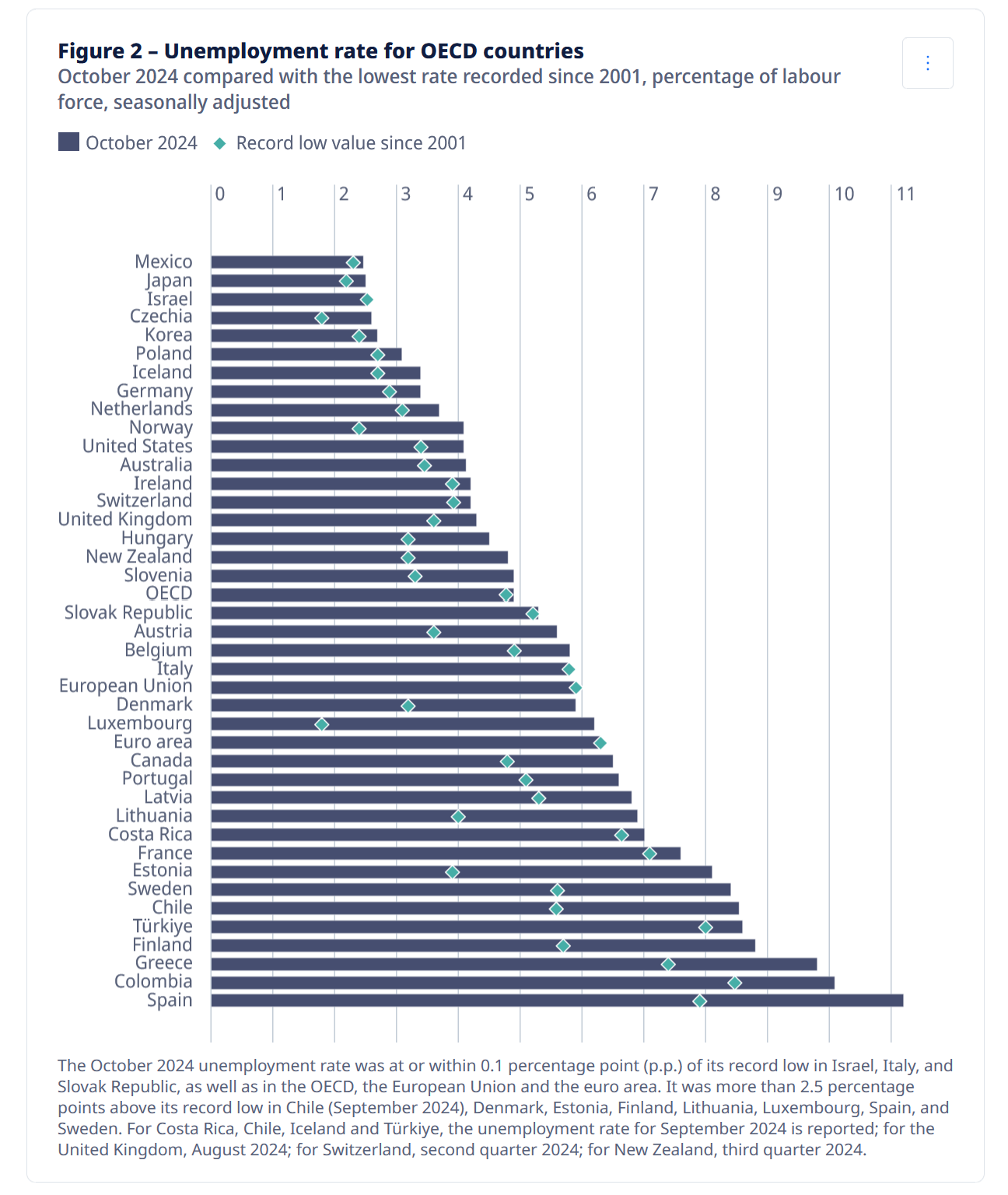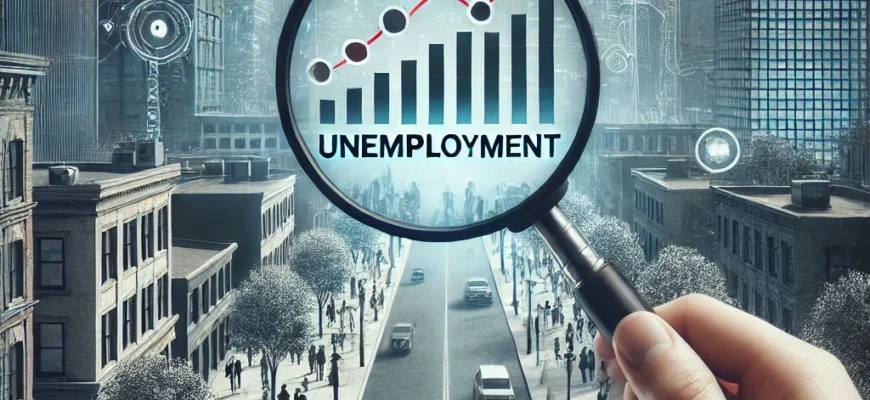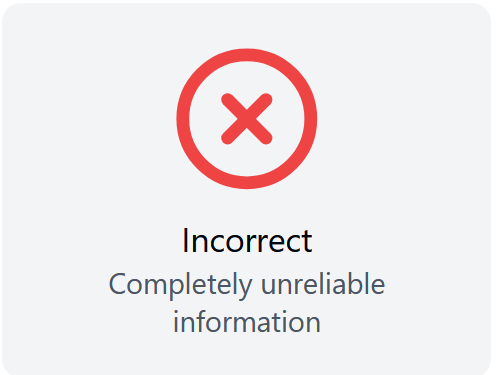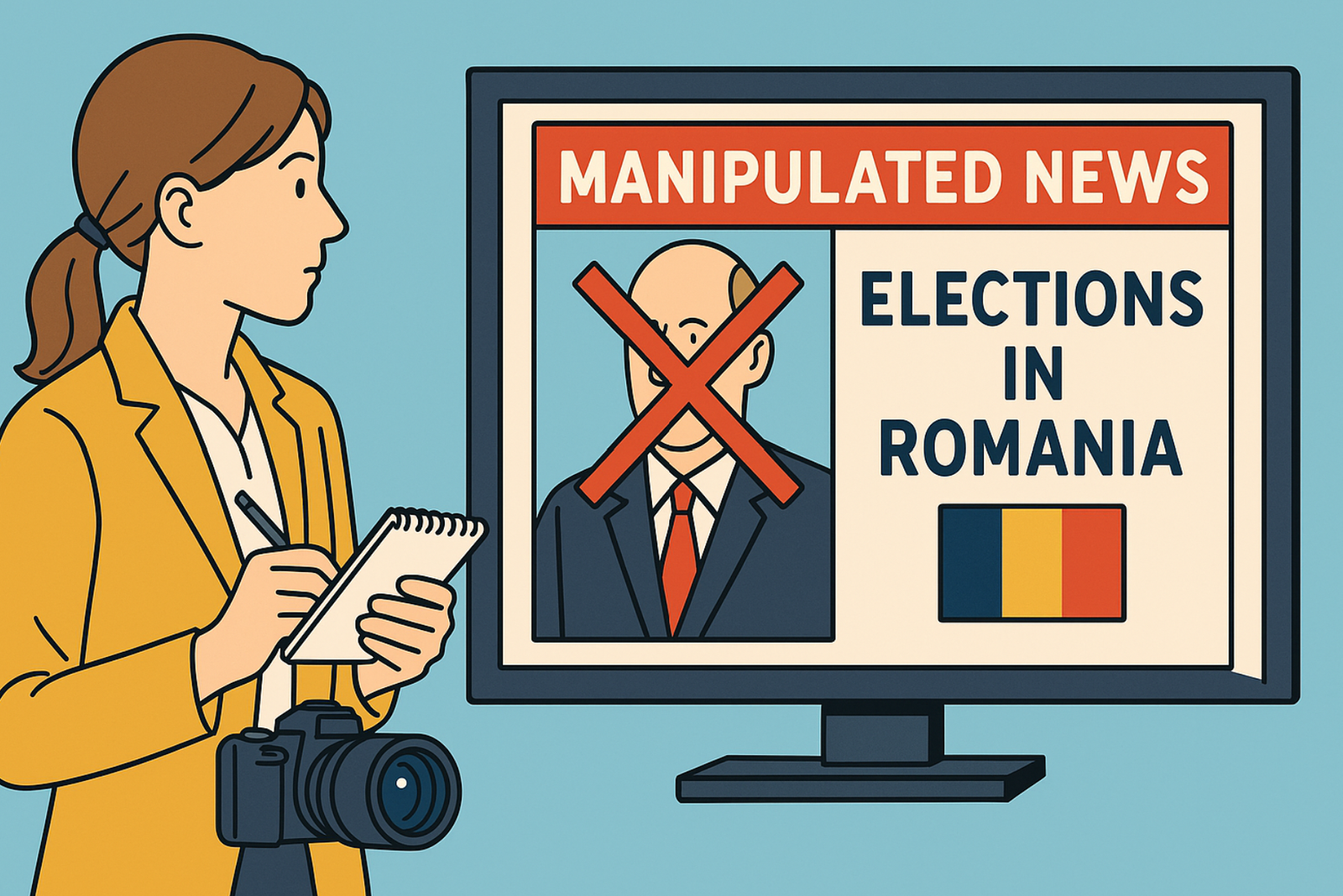12 January 2025, a video was uploaded to the YouTube channel CTVBY with the title: “Unemployment in Lithuania continues to rise!”.
To create fear, an image of a miserable person freezing in the snow was used.
The text stated:
More and more Lithuanians are losing their jobs. The Baltic Republic’s Employment Service notes a sad trend. The total number of job seekers has reached 163,000 people. Over the last month of the previous year, the figure increased by 0.3%. It may seem like a small number in numerical terms, but that is still 6,000 people. Demand for labor has fallen. Experts partly attribute this to a seasonal phenomenon. But it’s not just about that. Many local companies are suspending operations, recording production declines, and laying off employees amid the crisis. In December 2024, Lithuanian employers posted fewer than 8,500 job vacancies. This is the lowest number of job offers registered by the employment service last year.
Our verdict based on conducted analyses:
Verdict: Incorrect
Reasons:
- The thesis or statement is completely false: information from multiple sources or opinions of several experts in a specific field contradicts it.
- Cause-and-effect relationships do not exist as claimed.
- Significant parts are omitted, rearranged, altered, or incorrectly translated from a foreign language, fundamentally changing the meaning.
- The event occurred in significantly different aspects than stated.
- Manipulation of statistical data.
Full video:
The Lithuanian Employment Service / Užimtumo tarnyba provides a large amount of statistical data on its website in various machine-readable formats.
Number of unemployed in the Republic of Lithuania:
- December 2024 – 163,564
- December 2023 – 162,046
- December 2022 – 156,097
- December 2021 – 176,087
- December 2020 – 277,119
- December 2019 – 150,469
If we look at OECD unemployment data, which includes Lithuania:

It can be noted that Lithuania’s unemployment rate is above the OECD average, yet Lithuania was chosen for focus instead of, for example, Estonia, where the unemployment rate in October 2024 was even higher.
Now, let’s analyze disinformation narratives and perform semantic analysis.
Claiming rising unemployment in Lithuania and its economic impact.
Emotional Provocation
Fact Distortion
Economic Crisis
Lithuanian Labor Market
Unemployment










